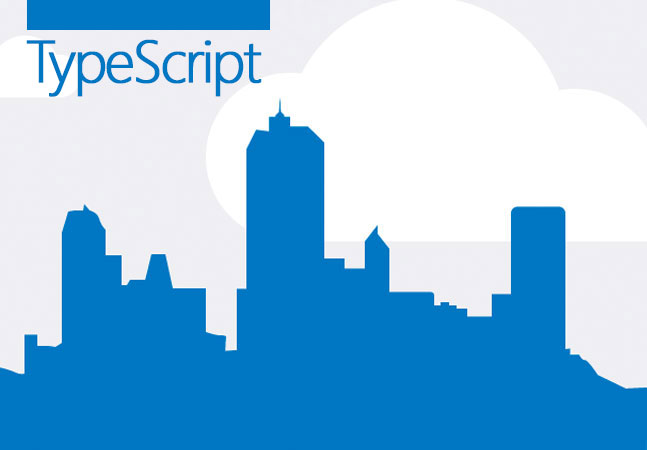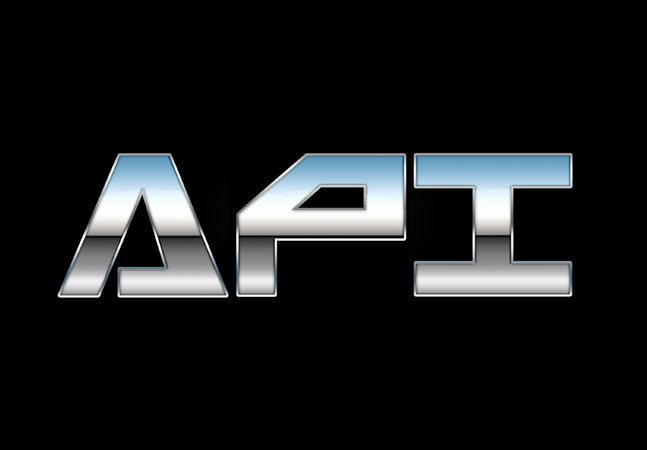
New GitHub Copilot AI features range from AI-enhanced feature search to edits across files, new shortcuts and expansion of slash commands, along with much more.

At the upcoming Visual Studio Live! conference in Las Vegas, Marcel de Vries, Global MD & CTO at Xebia, will present a session on how developers can leverage Semantic Kernel to build AI-enhanced applications with C#.

Uno Platform, a third-party dev tooling specialist that caters to .NET developers, published a report on the state of WebAssembly, addressing some shortcomings in the .NET implementation it would like to see Microsoft address.

Dr. James McCaffrey from Microsoft Research presents a complete end-to-end demonstration of the random neighborhoods regression technique, where the goal is to predict a single numeric value. Compared to other ML regression techniques, advantages are that it can handle both large and small datasets, and the results are highly interpretable.
- By James McCaffrey
- 02/03/2025

We often hear about the big new features in .NET or C#, but what about all of those lesser known, but useful new features? How exactly do you use constructs like collection indices and ranges, date features, and pattern matching?

"TypeScript 5.8 introduces a number of optimizations that can both improve the time to build up a program, and also to update a program based on a file change in either --watch mode or editor scenarios."

Microsoft's Visual Studio dev team has been working on the next release of its flagship IDE, Visual Studio 2022 v17.13, with an emphasis on improving the GitHub Copilot AI-powered coding assistant.

In an IDE AI update, this week we see JetBrains introducing a new coding agent called Junie just as Microsoft unveiled a free tier for GitHub Copilot in Visual Studio.

Microsoft experts are making the rounds educating developers about the company's new, opinionated, cloud-ready stack for building observable, production ready, distributed, cloud-native applications with .NET.

Only at v0.4, Microsoft's AutoGen framework for agentic AI -- the hottest new trend in AI development -- has already undergone a complete revamp, going to an asynchronous, event-driven architecture.

In a larger-than-normal Patch Tuesday, Microsoft warned of a "critical" vulnerability in Visual Studio that should be fixed immediately if automatic patching isn't enabled, ironically caused by coding errors.

A trio of Blazor experts will conduct a full-day workshop for devs to learn everything about the tech a a March developer conference in Las Vegas keynoted by Microsoft execs and featuring many Microsoft devs.

AI unsurprisingly is all over keynotes that Microsoft execs will helm to kick off the Visual Studio Live! developer conference in Las Vegas, March 10-14, which the company described as "a must-attend event."

Microsoft removed waitlist restrictions for some of its most advanced GenAI tech, Copilot Workspace, recently made available as a technical preview.

They work in GitHub.com, the Visual Studio IDE and VS Code, where developers can access various services, perform actions and generate files without leaving those dev environments.

Dr. James McCaffrey from Microsoft Research presents a complete end-to-end demonstration of the random forest regression technique (and a variant called bagging regression), where the goal is to predict a single numeric value. The demo program uses C#, but it can be easily refactored to other C-family languages.
- By James McCaffrey
- 01/02/2025

The free plan restricts the number of completions, chat requests and access to AI models, being suitable for occasional users and small projects.

Ever since someone figured out that fiddling bits results in source code, developers have sought one codebase for all types of apps on all platforms, with Microsoft's latest attempt to further that effort being .NET MAUI.

Dr. James McCaffrey from Microsoft Research presents a complete end-to-end demonstration of the AdaBoost.R2 algorithm for regression problems (where the goal is to predict a single numeric value). The implementation follows the original source research paper closely, so you can use it as a guide for customization for specific scenarios.
- By James McCaffrey
- 12/16/2024

Building an API with ASP.NET Core is only half the job. If your API is going to live more than one release cycle, you're going to need to version it. If you have other people building clients for it, you're going to need to document it.